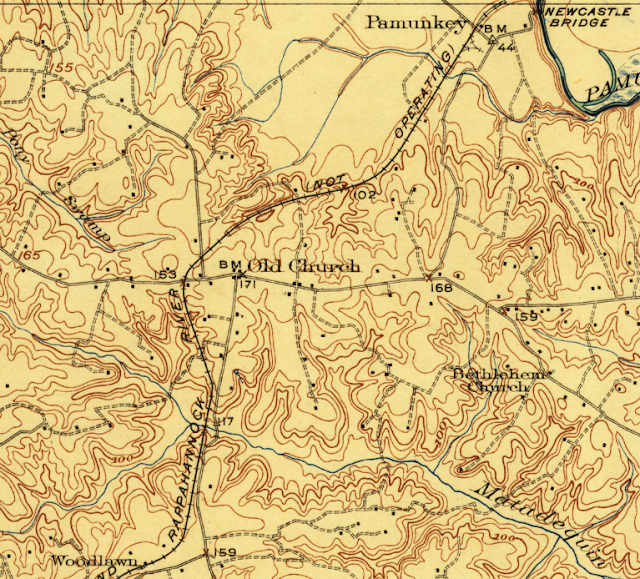The Milwaukee Road's River Division Abandonment

Like roads, many railroad lines have been realigned and improved over time, and thus there are many examples of railroad abandonments that do not result in any loss of railroad service. Typing in "original alignment" onto our map will display all of the re-alignments we have found, although many more exist across North America. One example of this was the Milwaukee Road's River Division between Hastings, MN and Red Wing, MN. The original alignment of the road lay along the Vermilion River on swampy land, and was thus prone to flooding and track washouts. Image : "Red Wing's leading quarry owner G.A. Carlson built this 1882 Barn Bluff limestone kiln near the Milwaukee Road's tracks. He wished to facilitate shipments of lime and cement. The kiln, pictured about 1885, still exists." In 1908, this roughly 13 mile section of line was abandoned in favor of a straighter, more easterly grade on higher ground. The 13.1 mile original alignment in B...






